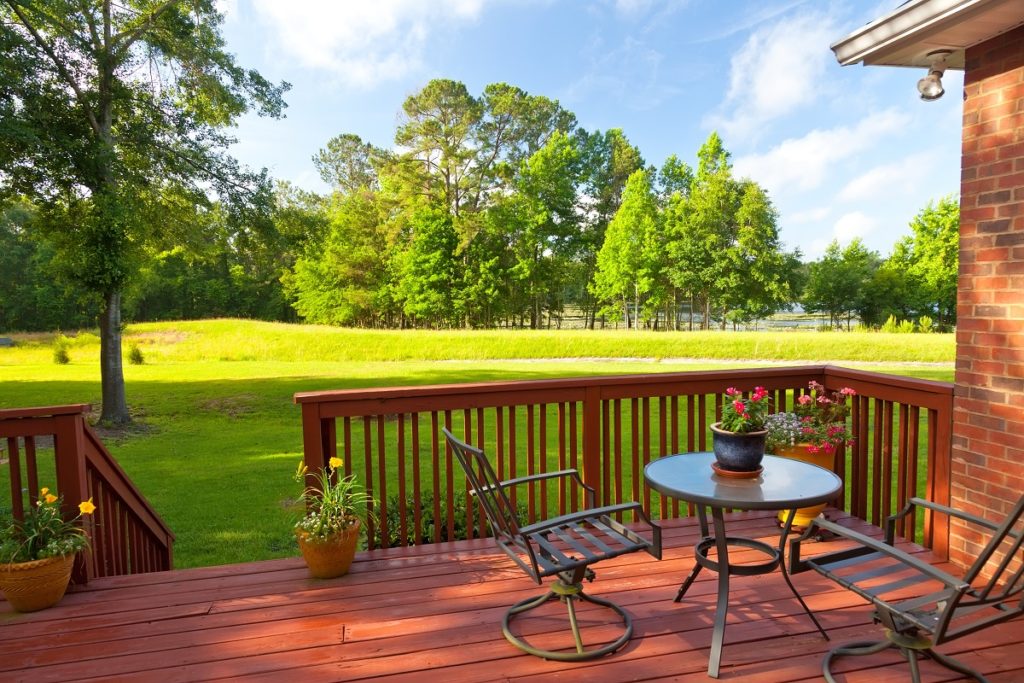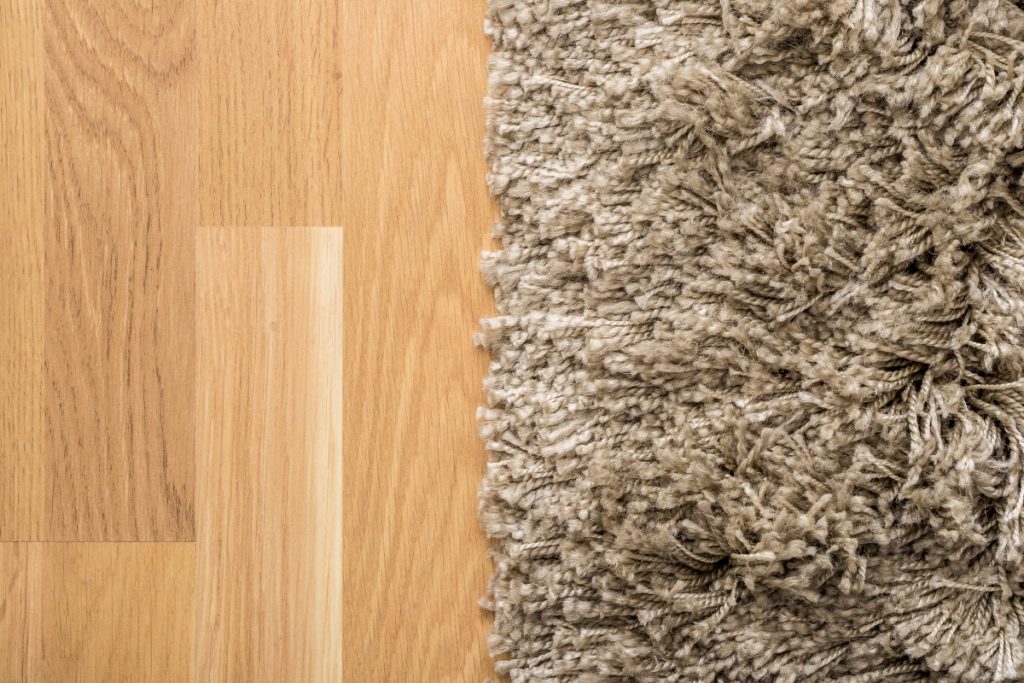If you’re like most people, you can never have enough storage space in your home. No matter how much you declutter and purge your belongings, there’s always more stuff that needs a home. According to a National Association of Home Builders survey, about a third of Americans say they don’t have enough storage in their homes. So if you’re planning a renovation or simply looking for ways to utilize your space better, here are five tips for creating more storage space in your home.
1. Get creative with underutilized spaces.
Think about the areas in your home that are going unused or are underutilized. This could be a corner in your living room, an alcove in your hallway, or wasted space beneath your stairs. With a little creativity, any of these areas can be turned into valuable storage space. For example, add shelves to an alcove to create a mini library or wine cellar. Or, you could install cabinets beneath your stairs to create a mudroom or extra pantry space.
Depending on the size and layout of your home, there may be other underutilized spaces that you could turn into storage, such as the space above a bathroom vanity or the kitchen above the refrigerator. Be creative and think outside the box to maximize your home’s storage potential. If you’re unsure where to start, a professional organizer can help you assess your home and develop creative storage solutions.
2. Think outside the box (or closet).
Regarding storage, don’t be afraid to think outside the box—or closet! If you’re tight on closet space, consider hanging curtains instead of doors to create an open-concept look while still being able to store away your belongings when they’re not in use. You could also try using freestanding wardrobe racks or armoires instead of traditional dressers and nightstands. These pieces can provide ample storage without taking up too much floor space.
You can even use your outdoor space to create additional storage. If you have a deck or patio, consider adding a storage shed to keep lawn and garden equipment, sports gear, or seasonal items. You can start with a 12×16 backyard shed plan, giving you plenty of room to store all your extra belongings. Just be sure to check with your homeowner’s association or local zoning board first to see if there are any restrictions on shed size or placement.
3. Make the most of vertical space.
Another great way to create more storage space is to use vertical space better. This could involve anything from adding floating shelves to your walls to installing overhead storage in your garage. Going up is always a great option if you’re short on floor space. You can even add a Murphy bed to your guest room or home office to create a multipurpose space that can be used for both sleeping and working.
Some vertical storage solutions, like wall-mounted shelves and racks, are easy to DIY. But it’s best to hire a professional for larger projects, like installing an overhead garage storage system. You want to be sure the job is done safely and up to code. If you’re unsure where to start, talk to a local storage expert for advice on the best vertical storage solutions for your home and home improvement budget.
4. Utilize multipurpose furniture.
Whenever possible, choose furniture that serves more than one purpose. This could be something as simple as a coffee table with built-in drawers or a daybed that doubles as a sofa during the day and a guest bed at night. There are also plenty of beds on the market with built-in storage drawers underneath—perfect for tucking away extra blankets and pillows or seasonal clothing.
You can find multipurpose furniture for just about every room in your home, from the living room and dining room to the home office and mudroom. And if you can’t find what you’re looking for, there are always DIY options. For example, you could build a coffee table with hidden storage or turn an old dresser into a bathroom vanity.
5. Use your walls wisely.

Your walls are prime real estate when it comes to storage. In the kitchen, you can use wall-mounted racks and hooks to store pots, pans, and utensils. In the living room, floating shelves are a great way to display books, photos, and collectibles. And in the entryway, hooks and cubbies can provide a place to hang coats, store shoes, and keep other everyday items within reach.
Some even create recessed shelving in their walls to store items like holiday decor, out-of-season clothing, or extra linens. This is a more advanced project requiring a professional’s help, but it’s a great way to add hidden storage to any room in your home.
Creating additional storage space in your home doesn’t have to be difficult or expensive— often, it’s simply a matter of getting creative and thinking outside the box (or closet). Always consider your unique needs and find storage solutions that work best for you, your family, and your home. With a little bit of planning and effort, you can easily double (or triple) your storage capacity without breaking the bank.


